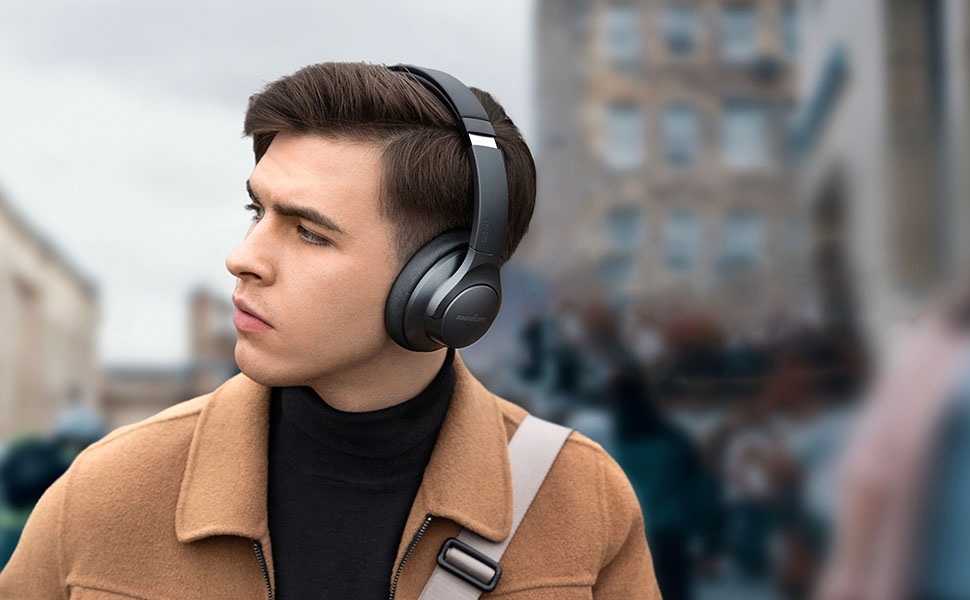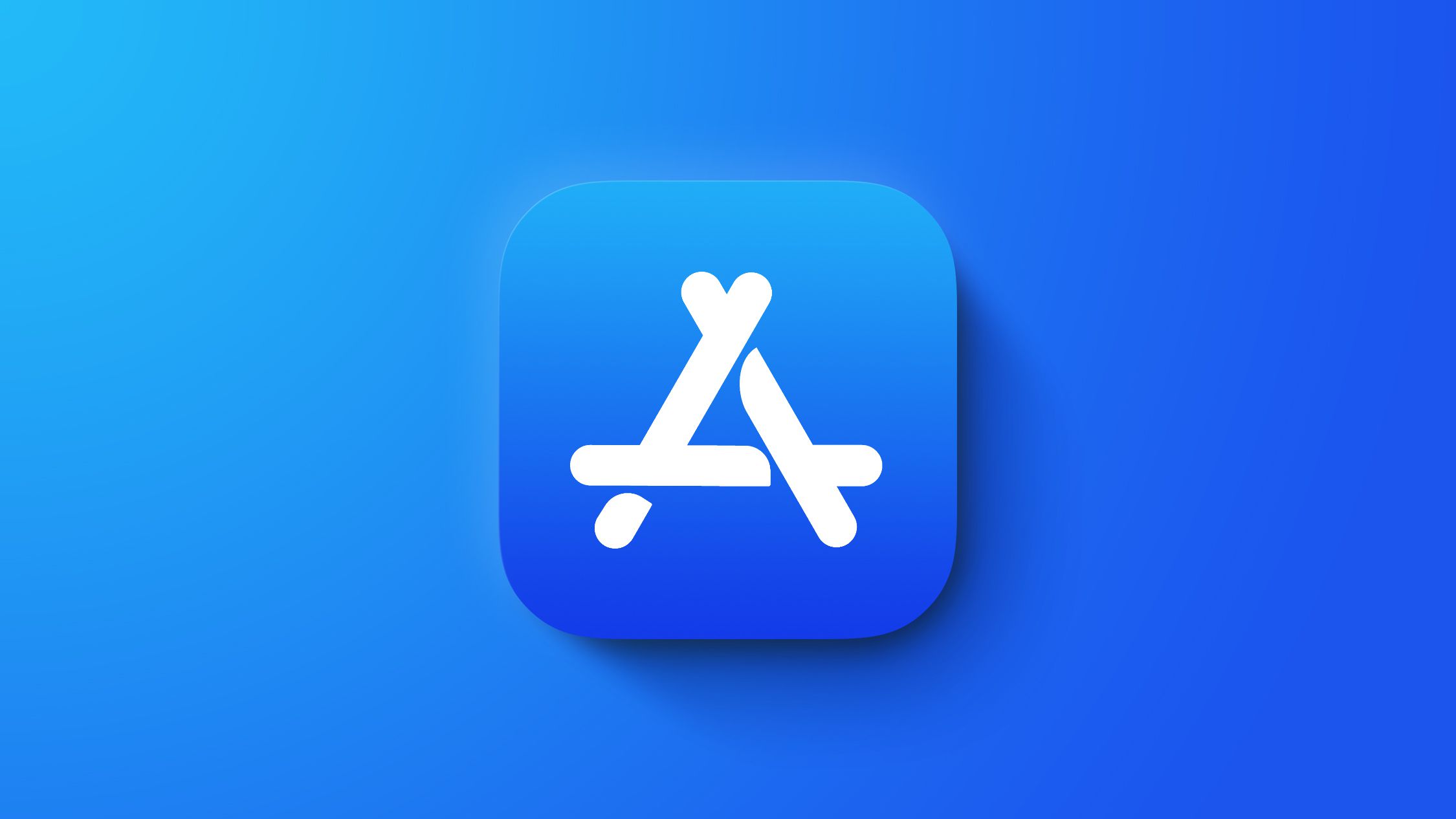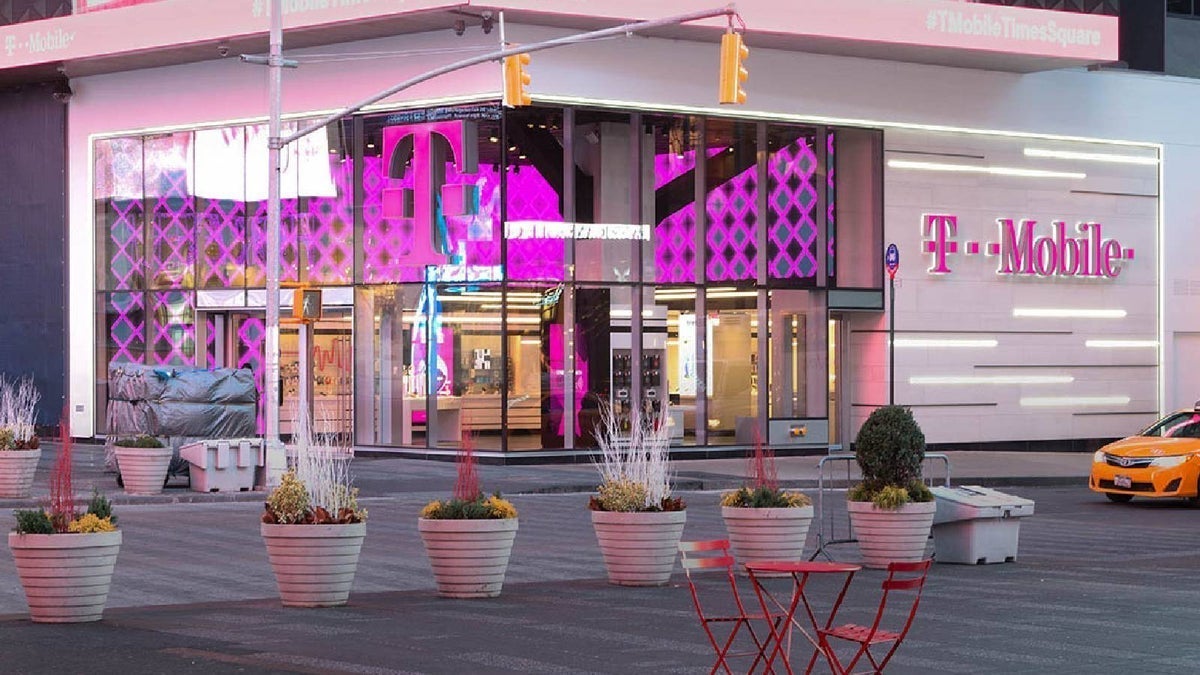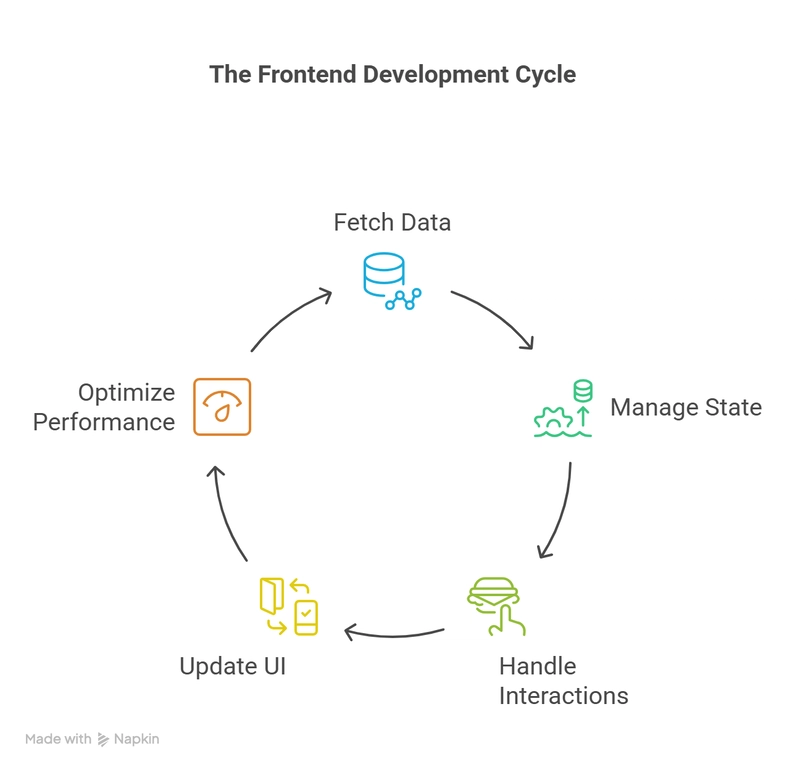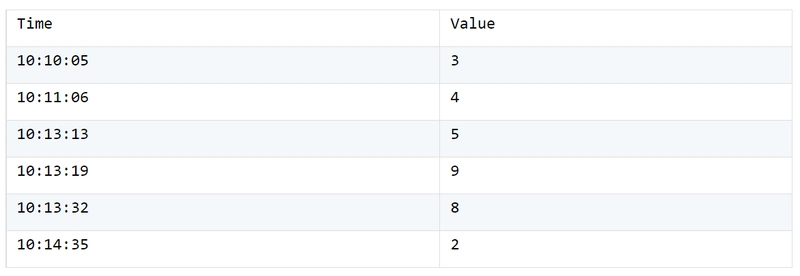How Software is Transforming the Wellness and Aesthetic Industry
The wellness and self-care sector has rapidly evolved thanks to modern software solutions. For developers, this industry presents a unique intersection of user-centric design, real-time data processing, and privacy-first architectures. But what does it look like under the hood when tech meets skincare? Automating Aesthetic Workflows with APIs Modern wellness platforms rely heavily on automation — not just for booking, but also for treatment planning and customer interaction. A basic example might be a backend system that auto-schedules treatments based on client preferences and availability: // Example: Auto-scheduling a treatment session function scheduleTreatment(user, service) { const availableSlots = getAvailableSlots(service); const preferred = user.preferences[service]; const scheduled = availableSlots.find(slot => slot.time === preferred.time); return scheduled || availableSlots[0]; } const session = scheduleTreatment(user, 'cryotherapy'); console.log(`Treatment scheduled for ${session.time}`); This kind of logic can easily extend to more specific services such as coolsculpting Chicago, IL, where time-sensitive procedures benefit from automated coordination between client data and available technicians. Machine Learning for Personalized Recommendations One of the most impactful use cases is predictive personalization. Platforms can track skin health trends or behavior patterns to recommend treatments without requiring direct user input. Here's a simplified ML-style recommendation logic using Python and basic scoring: def recommend_service(user_history): scores = { "hydration_facial": user_history.get("dry_skin", 0), "botox": user_history.get("wrinkle_zones", 0), "laser_hair_removal": user_history.get("hair_growth_level", 0), } return max(scores, key=scores.get) user_data = {"dry_skin": 3, "wrinkle_zones": 8, "hair_growth_level": 2} print("Recommended:", recommend_service(user_data)) In practice, this logic can result in suggesting a botox Chicago, IL session for users who exhibit relevant traits — without being invasive or commercial. The system simply recognizes patterns and responds accordingly. Frontend Design for Booking Facials & Beyond UI/UX design in wellness apps is about simplicity and calmness. A minimal React component for booking a facial might look like this: import { useState } from "react"; export default function BookingForm() { const [treatment, setTreatment] = useState("facial"); const [date, setDate] = useState(""); return ( Book Your Treatment Treatment: setTreatment(e.target.value)} value={treatment}> Facial Massage Chemical Peel Date: setDate(e.target.value)} /> Confirm ); } In real-world implementations, clicking "Facial" could lead to filtering available providers for services like facials in Chicago, IL, all while maintaining a seamless UX. Secure Handling of Sensitive Treatment Data In beauty tech, data privacy is paramount. Treatments often involve storing images, biometric data, or sensitive user feedback. This requires encryption and secure storage. Here’s a basic example using Node.js to hash and store client data before saving it to a database: const crypto = require('crypto'); const fs = require('fs'); function hashData(data) { return crypto.createHash('sha256').update(data).digest('hex'); } const clientData = { name: "Alice", treatment: "laser hair removal Chicago", notes: "Session 2, minor redness reported", }; const hashed = { ...clientData, name: hashData(clientData.name), }; fs.writeFileSync("secure_data.json", JSON.stringify(hashed)); This ensures that even if client records are breached, personally identifiable info remains protected — a critical consideration in services like laser hair removal Chicago, where continuity and confidentiality are key. Final Thoughts The convergence of wellness and technology isn’t just a passing trend — it’s a movement that demands thoughtful engineering. Developers in this space must juggle clean UI design, personalized recommendations, data ethics, and performance optimization. Whether you're building a facial booking app or an ML pipeline for treatment analysis, there's plenty of meaningful work here. The future of wellness is digital — and code is at its core.

The wellness and self-care sector has rapidly evolved thanks to modern software solutions. For developers, this industry presents a unique intersection of user-centric design, real-time data processing, and privacy-first architectures. But what does it look like under the hood when tech meets skincare?
Automating Aesthetic Workflows with APIs
Modern wellness platforms rely heavily on automation — not just for booking, but also for treatment planning and customer interaction. A basic example might be a backend system that auto-schedules treatments based on client preferences and availability:
// Example: Auto-scheduling a treatment session
function scheduleTreatment(user, service) {
const availableSlots = getAvailableSlots(service);
const preferred = user.preferences[service];
const scheduled = availableSlots.find(slot => slot.time === preferred.time);
return scheduled || availableSlots[0];
}
const session = scheduleTreatment(user, 'cryotherapy');
console.log(`Treatment scheduled for ${session.time}`);
This kind of logic can easily extend to more specific services such as coolsculpting Chicago, IL, where time-sensitive procedures benefit from automated coordination between client data and available technicians.
Machine Learning for Personalized Recommendations
One of the most impactful use cases is predictive personalization. Platforms can track skin health trends or behavior patterns to recommend treatments without requiring direct user input.
Here's a simplified ML-style recommendation logic using Python and basic scoring:
def recommend_service(user_history):
scores = {
"hydration_facial": user_history.get("dry_skin", 0),
"botox": user_history.get("wrinkle_zones", 0),
"laser_hair_removal": user_history.get("hair_growth_level", 0),
}
return max(scores, key=scores.get)
user_data = {"dry_skin": 3, "wrinkle_zones": 8, "hair_growth_level": 2}
print("Recommended:", recommend_service(user_data))
In practice, this logic can result in suggesting a botox Chicago, IL session for users who exhibit relevant traits — without being invasive or commercial. The system simply recognizes patterns and responds accordingly.
Frontend Design for Booking Facials & Beyond
UI/UX design in wellness apps is about simplicity and calmness. A minimal React component for booking a facial might look like this:
import { useState } from "react";
export default function BookingForm() {
const [treatment, setTreatment] = useState("facial");
const [date, setDate] = useState("");
return (
<div className="p-4 rounded-xl shadow-md bg-white">
<h2 className="text-xl font-semibold mb-2">Book Your Treatmenth2>
<label>Treatment:label>
<select onChange={(e) => setTreatment(e.target.value)} value={treatment}>
<option value="facial">Facialoption>
<option value="massage">Massageoption>
<option value="peel">Chemical Peeloption>
select>
<br />
<label>Date:label>
<input type="date" value={date} onChange={(e) => setDate(e.target.value)} />
<button className="mt-4 bg-blue-500 text-white px-4 py-2 rounded">
Confirm
button>
div>
);
}
In real-world implementations, clicking "Facial" could lead to filtering available providers for services like facials in Chicago, IL, all while maintaining a seamless UX.
Secure Handling of Sensitive Treatment Data
In beauty tech, data privacy is paramount. Treatments often involve storing images, biometric data, or sensitive user feedback. This requires encryption and secure storage.
Here’s a basic example using Node.js to hash and store client data before saving it to a database:
const crypto = require('crypto');
const fs = require('fs');
function hashData(data) {
return crypto.createHash('sha256').update(data).digest('hex');
}
const clientData = {
name: "Alice",
treatment: "laser hair removal Chicago",
notes: "Session 2, minor redness reported",
};
const hashed = {
...clientData,
name: hashData(clientData.name),
};
fs.writeFileSync("secure_data.json", JSON.stringify(hashed));
This ensures that even if client records are breached, personally identifiable info remains protected — a critical consideration in services like laser hair removal Chicago, where continuity and confidentiality are key.
Final Thoughts
The convergence of wellness and technology isn’t just a passing trend — it’s a movement that demands thoughtful engineering. Developers in this space must juggle clean UI design, personalized recommendations, data ethics, and performance optimization. Whether you're building a facial booking app or an ML pipeline for treatment analysis, there's plenty of meaningful work here.
The future of wellness is digital — and code is at its core.































![[Free Webinar] Guide to Securing Your Entire Identity Lifecycle Against AI-Powered Threats](https://blogger.googleusercontent.com/img/b/R29vZ2xl/AVvXsEjqbZf4bsDp6ei3fmQ8swm7GB5XoRrhZSFE7ZNhRLFO49KlmdgpIDCZWMSv7rydpEShIrNb9crnH5p6mFZbURzO5HC9I4RlzJazBBw5aHOTmI38sqiZIWPldRqut4bTgegipjOk5VgktVOwCKF_ncLeBX-pMTO_GMVMfbzZbf8eAj21V04y_NiOaSApGkM/s1600/webinar-play.jpg?#)






































































































































![[The AI Show Episode 145]: OpenAI Releases o3 and o4-mini, AI Is Causing “Quiet Layoffs,” Executive Order on Youth AI Education & GPT-4o’s Controversial Update](https://www.marketingaiinstitute.com/hubfs/ep%20145%20cover.png)














































































































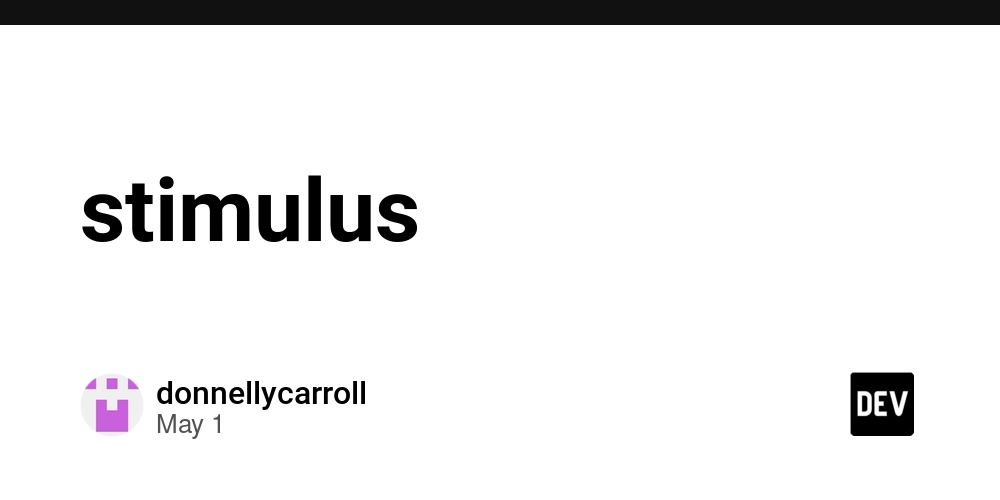









































































































































































































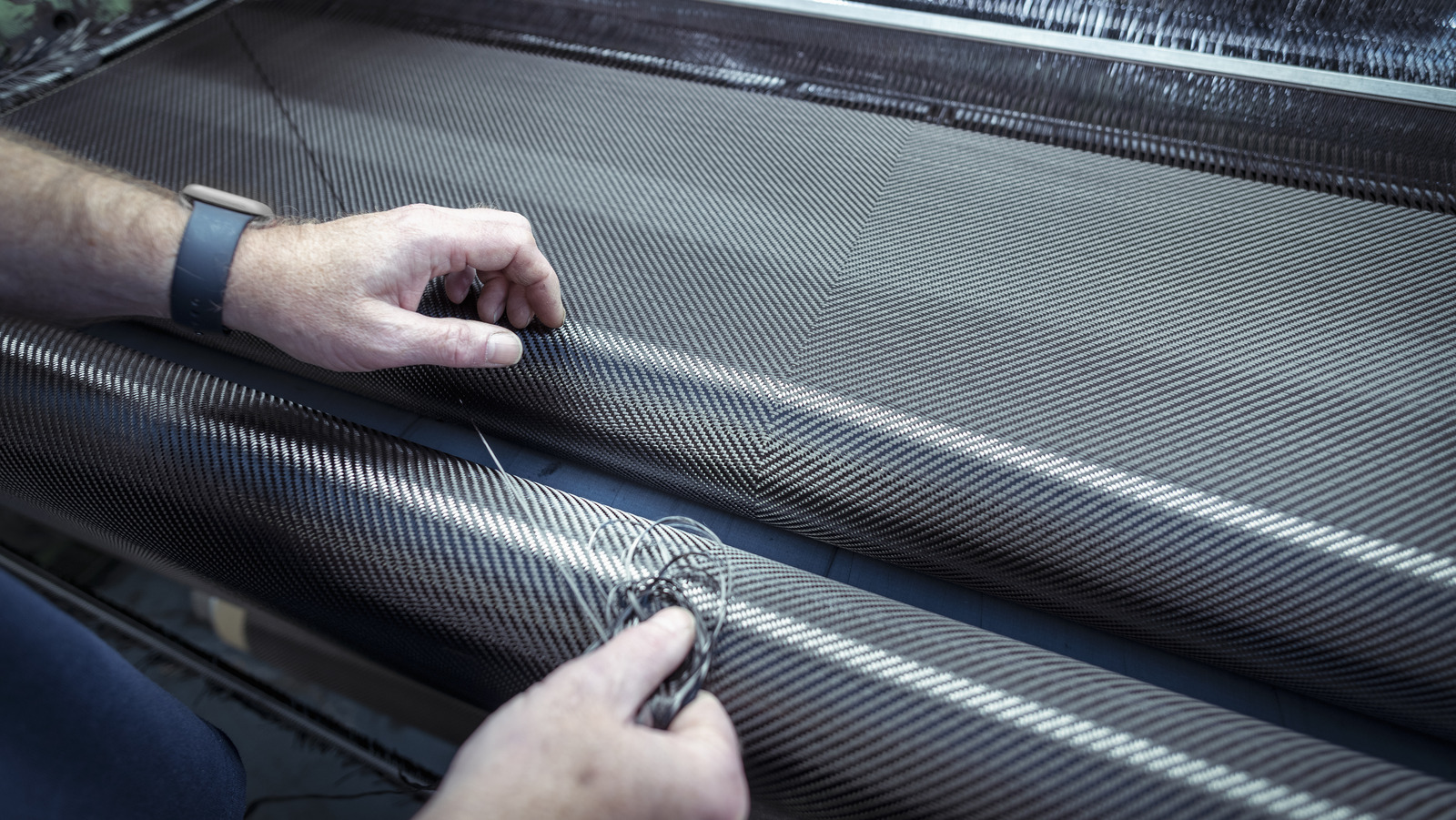






































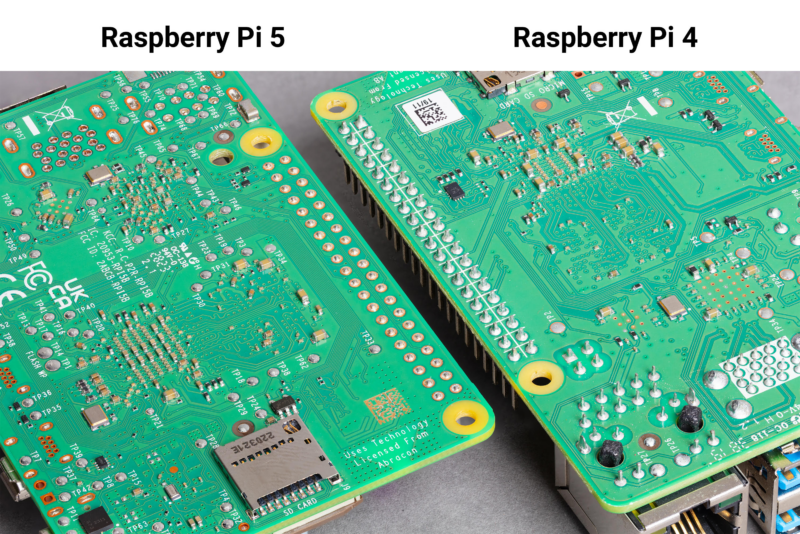

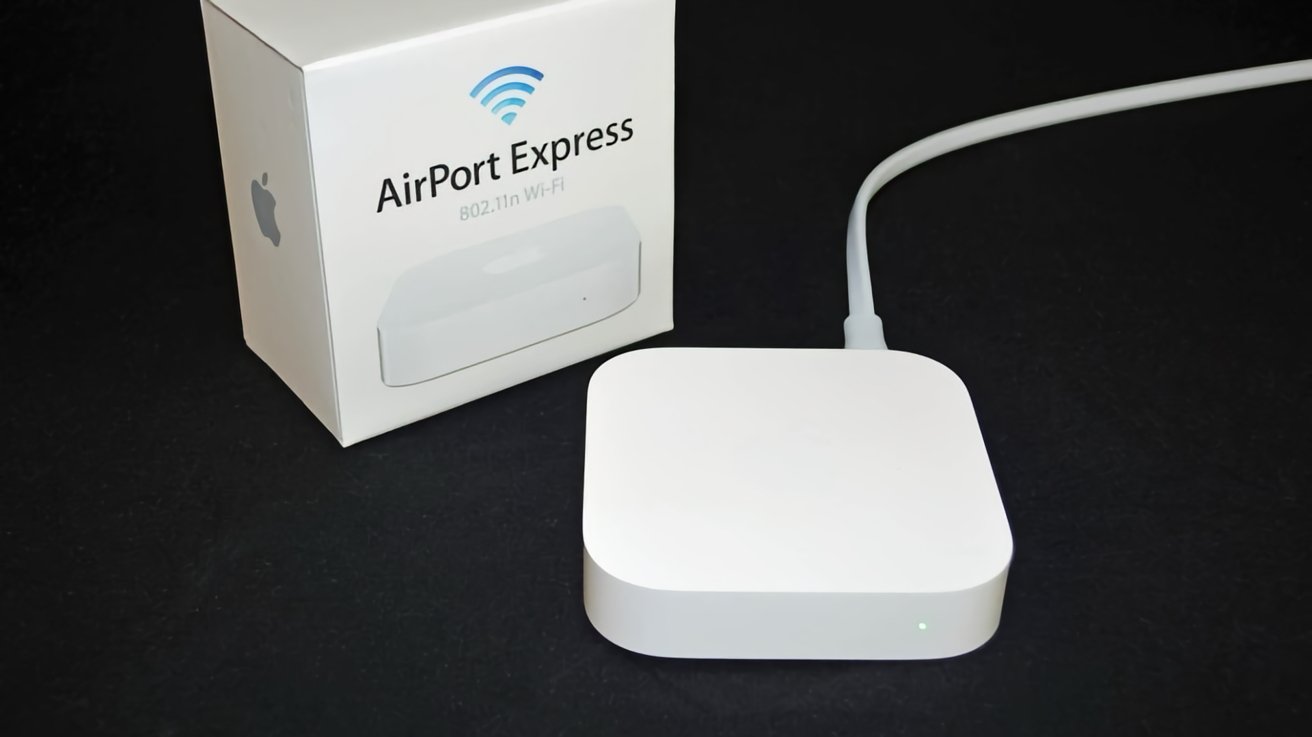
-xl.jpg)


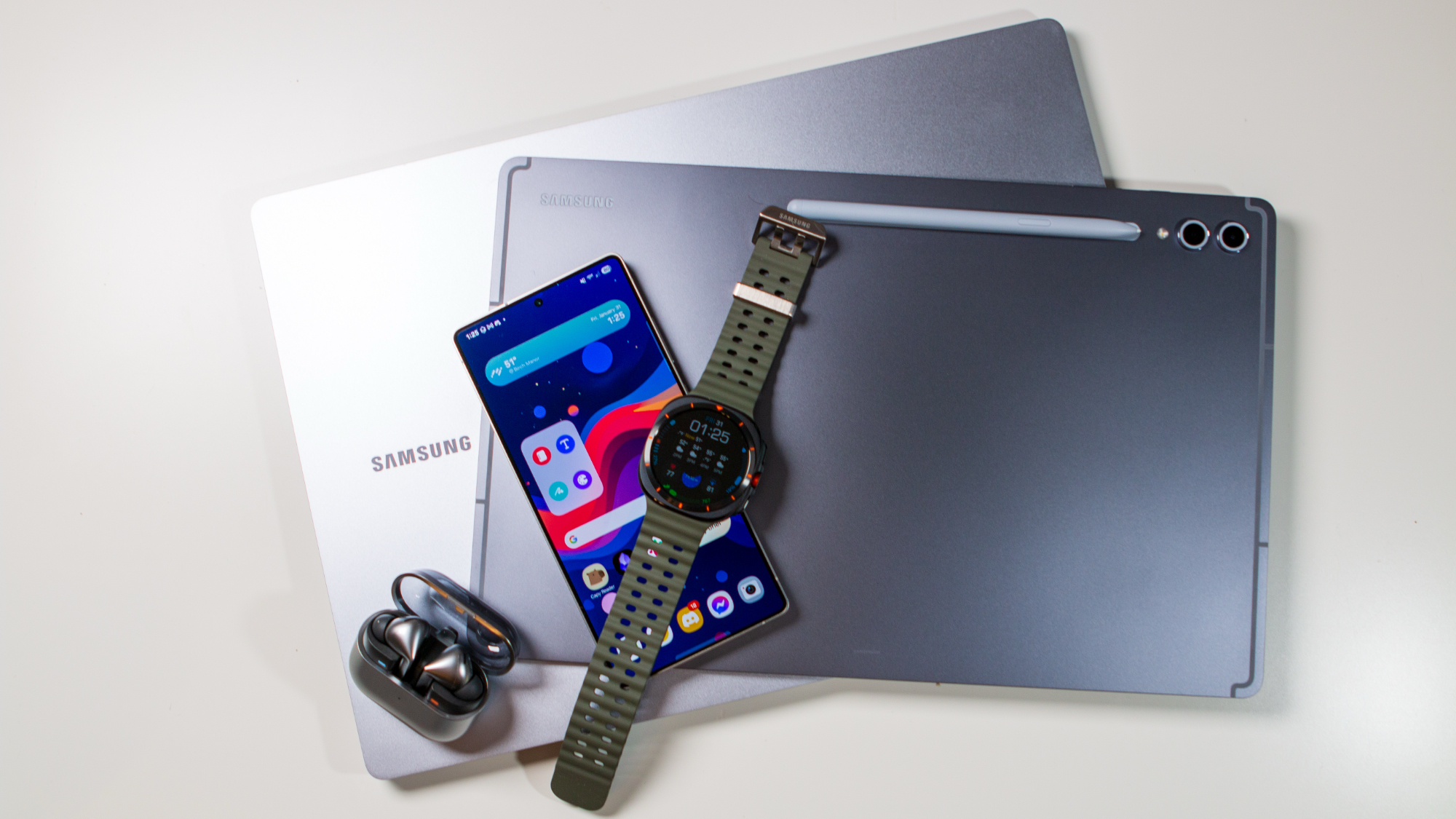



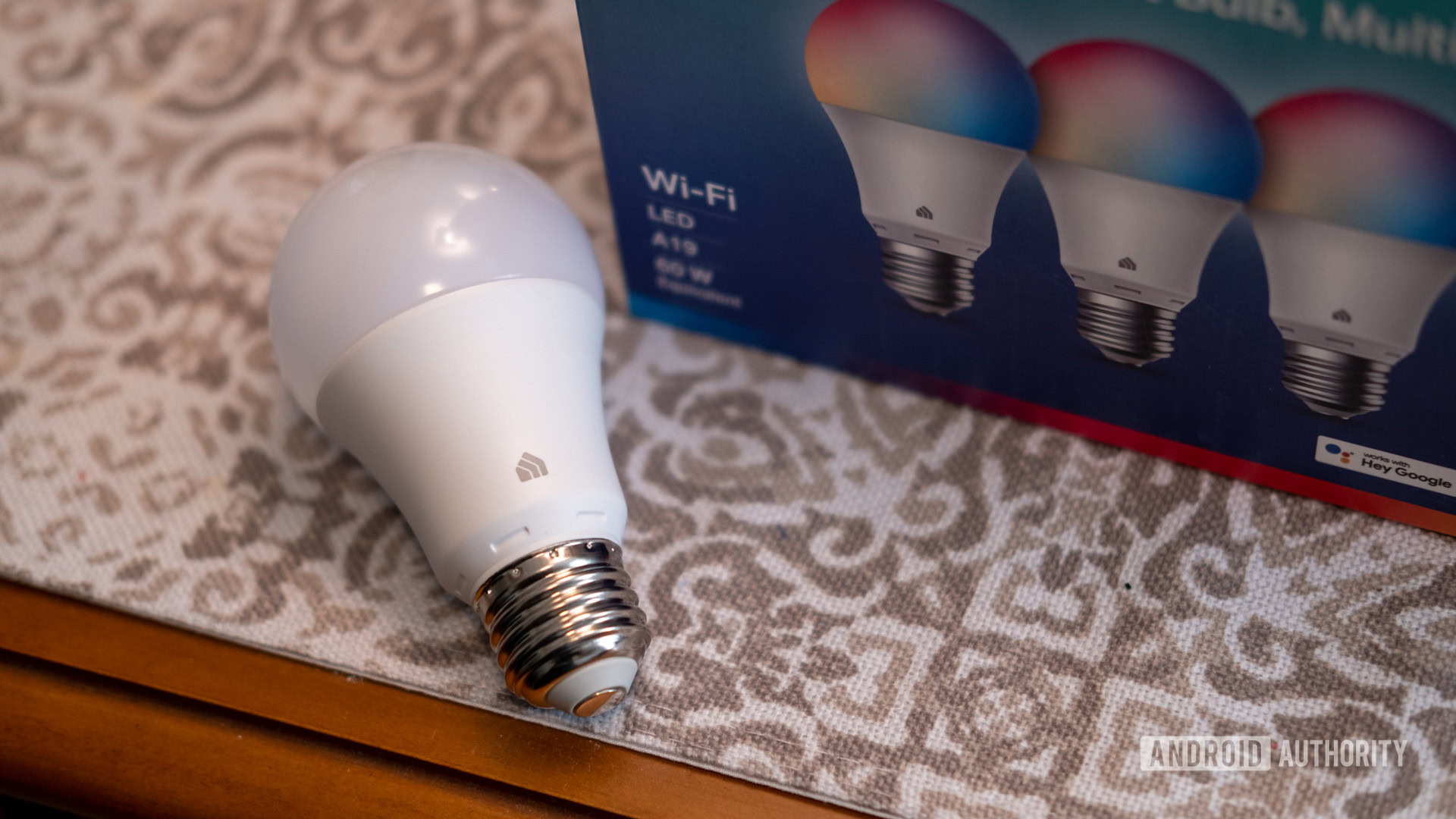




![Google Home app fixes bug that repeatedly asked to ‘Set up Nest Cam features’ for Nest Hub Max [U]](https://i0.wp.com/9to5google.com/wp-content/uploads/sites/4/2022/08/youtube-premium-music-nest-hub-max.jpg?resize=1200%2C628&quality=82&strip=all&ssl=1)














![New Hands-On iPhone 17 Dummy Video Shows Off Ultra-Thin Air Model, Updated Pro Designs [Video]](https://www.iclarified.com/images/news/97171/97171/97171-640.jpg)
![Apple Shares Trailer for First Immersive Feature Film 'Bono: Stories of Surrender' [Video]](https://www.iclarified.com/images/news/97168/97168/97168-640.jpg)












